Who manages trains in Catalonia and why is it an election issue?
Persistent problems cause regular commuter chaos, but liberalization of rail network spells change for operator
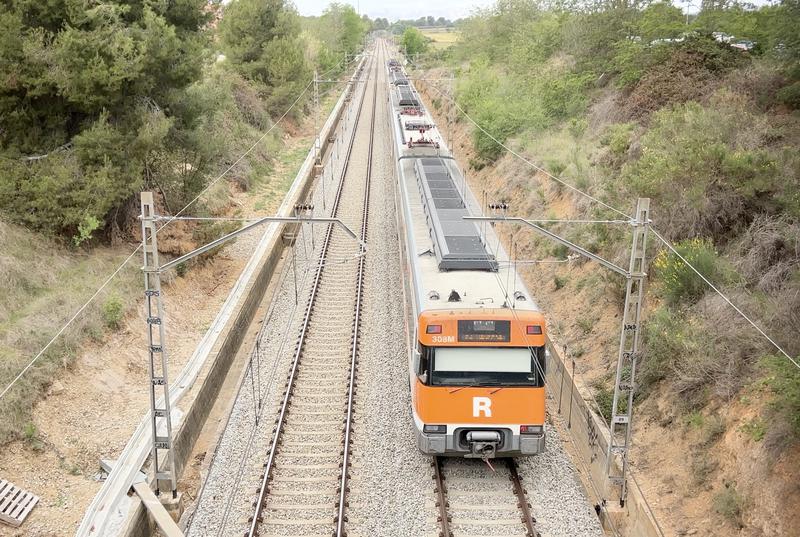
80,000 commuters were affected when all Rodalies trains, more than 200, came to a standstill for three hours one Friday morning in September 2022.
The R2 South line, connecting Sant Vicenç de Calders with Barcelona, was disrupted for some weeks after an incident at the Gavà station, affecting more than a million journeys and resulting in the loss of over 470,000 hours for passengers –nearly 60,000 working days–, according to calculations from the Barcelona Chamber of Commerce. From January to May, incidents in the network caused disruptions for 856,709 journeys with 520,810 lost hours according to the same organization.
In 2022, at least one serious incident occurred in at least one point of the rail network four out of every five days, according to a report from Catalan news outlet El Periodico.
Trains and public transport are always a hot topic in Catalonia. Commuters frequently complain about what they view as poor services offered by the Rodalies network, operated by the Spanish government-owned operating company Renfe.
With regularity, new incidents appear in the rail network, causing disruptions to services.
Who is in charge of the trains?
In March, Catalan presidency minister Laura Vilagrà sent a letter to the Spanish transport ministry requesting a meeting to discuss the complete transfer of control of the Rodalies network from Spain to Catalonia.
Yet, in many statements during the disruptions to the R2 South commuter line, Raquel Sánchez denied that her ministry was in charge of the service, instead saying that the Catalan government has "owned the service for more than 12 years."
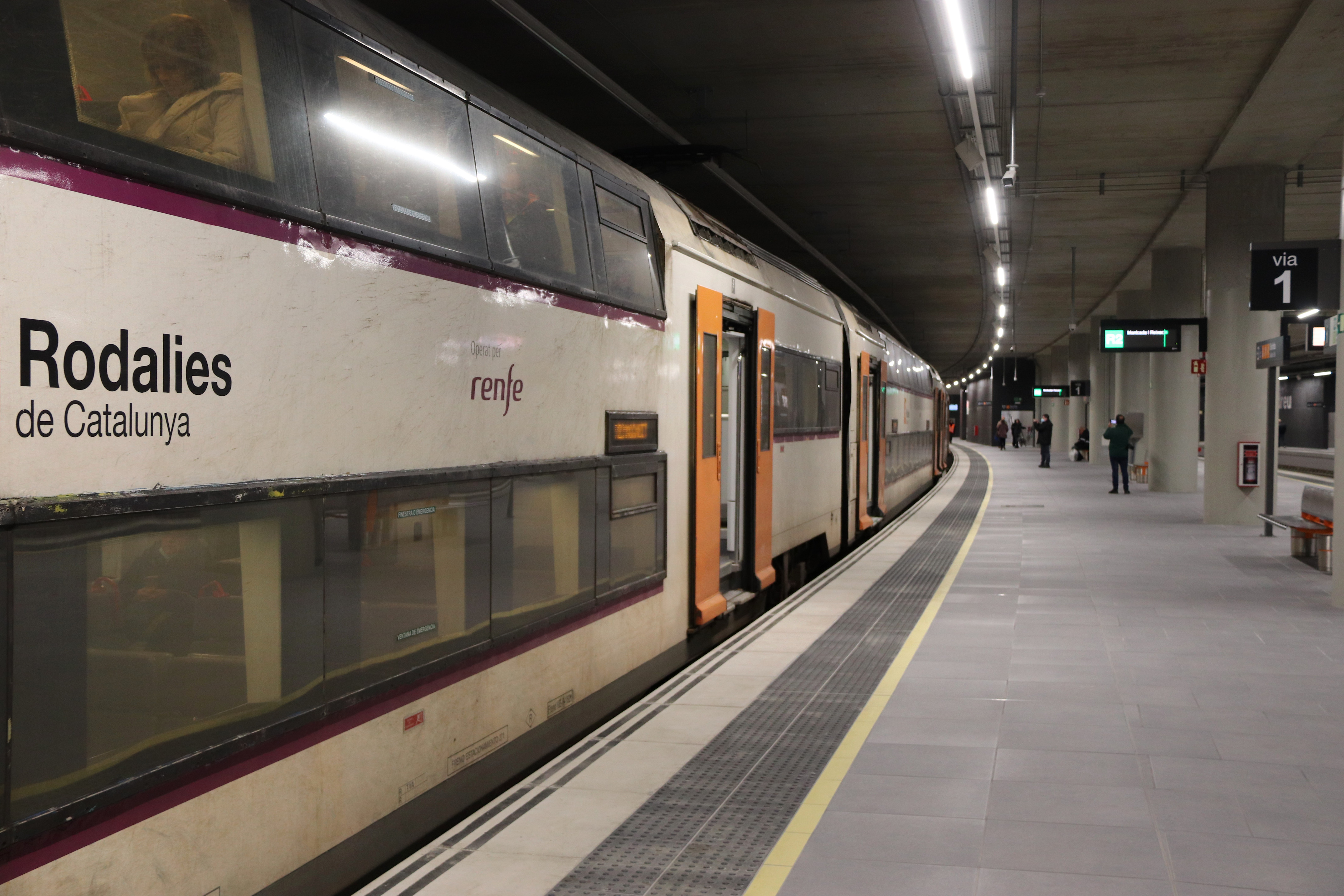
"It's been two years since I've been a minister in the government of Spain and I still don't understand what is meant by the 'full transfer of Rodalies,'" Sánchez said in an interview with Catalunya Ràdio.
So who's actually in charge of the management of the Rodalies commuter rail network?
First, it's necessary to understand the different bodies involved. Renfe is the Spanish government-owned rail operator, in charge of the service for passengers. A separate company, Adif, also owned by the executive in Madrid, is in charge of the infrastructure that trains across Spain use, including in Catalonia. This is the company in charge of the construction of railway lines, their operation, and maintenance.
Rodalies is the commuter rail system in Catalonia, with trains connecting the various corners of the territory, and is administered by the Catalan government but ultimately operated by Renfe. Rodalies is the equivalent of Cercaníes in other cities in Spain.
The Spanish government's official gazette, which makes laws official once they are published there, distributes the organization of the train network in Catalonia thusly:
"The Statute of Autonomy of Catalonia establishes in article 169.1 that the Catalan government has exclusive authority over the land transport of passengers and goods by road, rail and cable for journeys that start and end in the territory of Catalonia, regardless of the ownership of the infrastructure. This authority includes, in any case, the regulation, planning, management, coordination, and inspection of services and activities, as well as the fares."
That passage was published on December 31, 2009, and means that nowadays Catalonia is in charge of timetables, frequency of services, fares, and giving information to users.
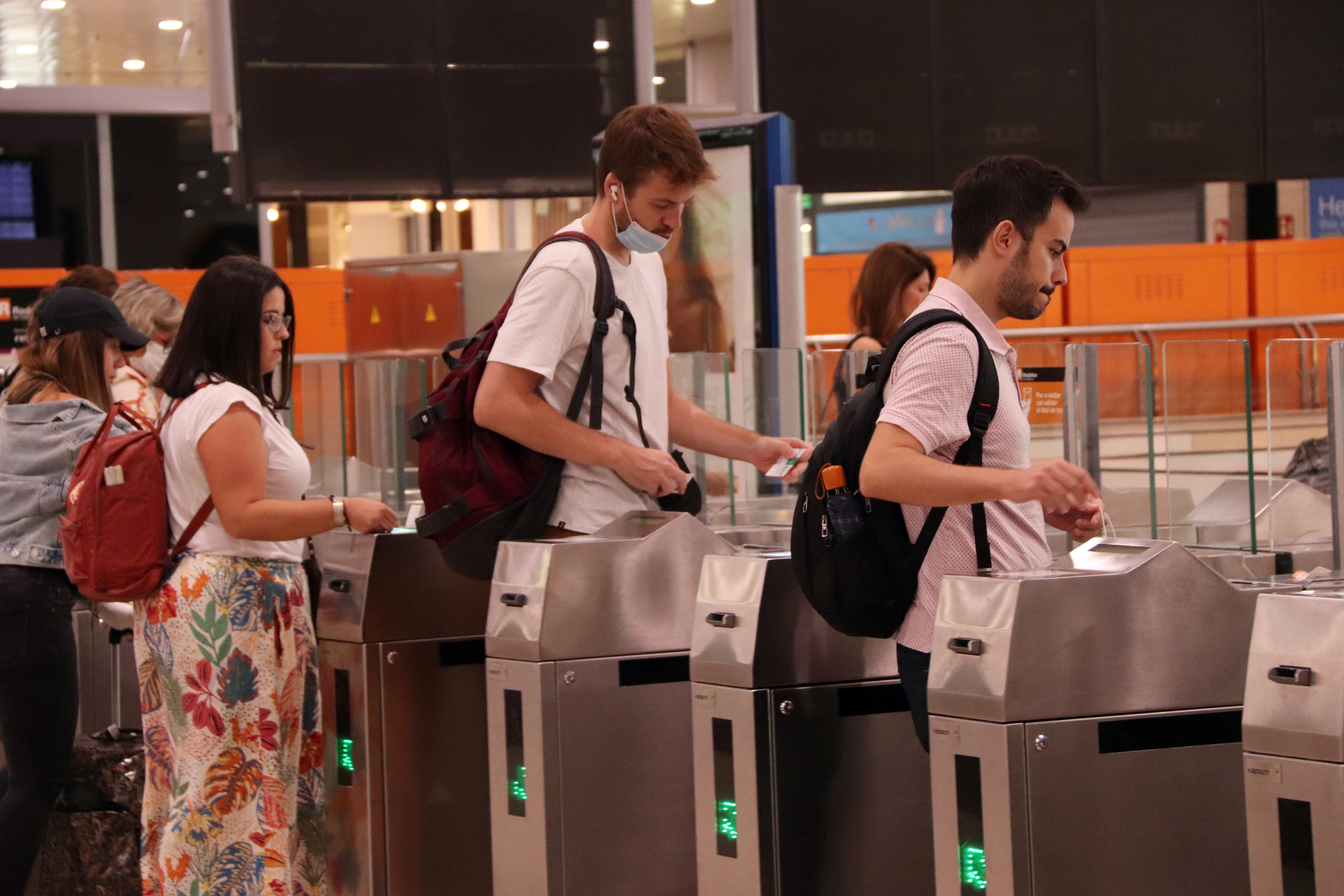
Meanwhile, Spanish government-owned companies Renfe and Adif are still in charge of passenger transport and managing and maintaining the infrastructure.
Catalan authorities want right to "rescind" contract
In 2020, a deal was reached to transfer €270 million from Spain to Catalonia to cover the fare deficit. Spain had been paying this money directly to Renfe to cover the difference in ticket prices and cost of operation, but Catalonia wanted the money transferred to them first in order to let them possibly rescind the contract with Renfe if the service provided is not of sufficient quality.
"When the investment and transfer of funds have been carried out, we will be able to sign the contract with Renfe, with such elements of quality control, if required, as rescinding the service and going to more reliable operators," then-territory minister of Catalonia, Damià Calvet, said.
Calvet said that the system remains "unreliable" a decade after management of the service was devolved to Catalonia because the state authorities had not made the investments needed, such as €4 billion pledged in 2015.
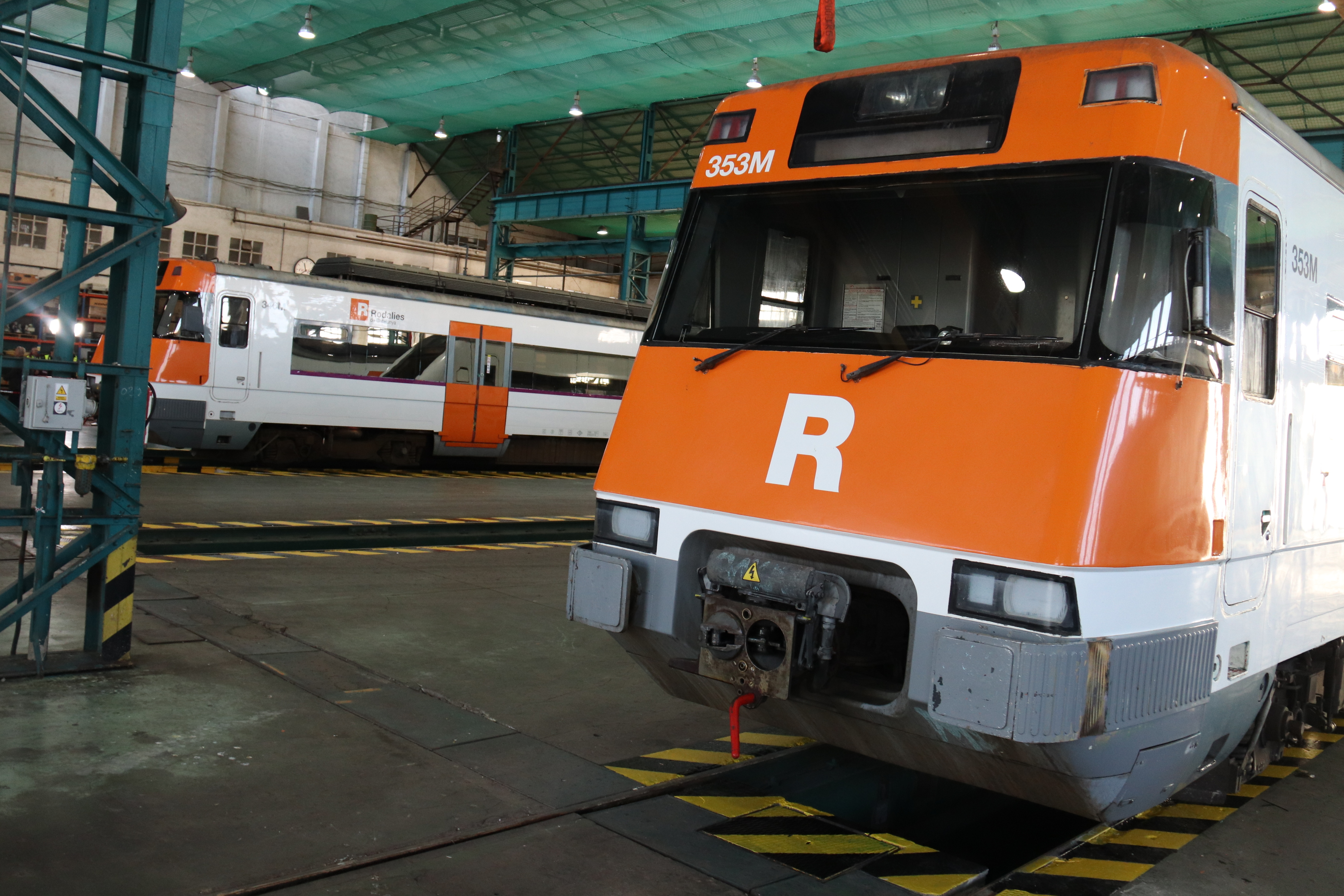
Spanish transport minister Raquel Sánchez was even formally reproached by a majority of lawmakers in the Spanish Congress in May of this year for the "constant inefficiencies" in the Renfe network during the time of the R2 South disruption. Catalan parties called her management of the Rodalies line "shameful."
Catalan officials have complained for years about a lack of investment in the commuter rail network here. Indeed, even the current Spanish government has agreed with that point – although Socialist transport minister Raquel Sánchez laid the blame on previous administrations led by the conservative People's Party.
In the past two years, the Spanish government "has shown that it is investing like never before" in rail infrastructure in Catalonia, Sánchez said in June, as she claims that her executive is trying to correct the course of a lack of investments made in the past, assuring that half of her ministry's investments made in 2022 were spent on Catalonia's commuter rail network.
Decades of complaints against Renfe
The commuter service by Renfe has been regarded by many travelers as poor and plagued with daily delays ever since the 2000s.
Those using the R4 line, between the capital and Manresa, protested in the central Catalan city in February 2019 against the "lack of investment" of Renfe in the service after two deadly accidents in the prior months.
Elsewhere, a platform of R3 line users, the service between L'Hospitalet and Puigcerdà, calling themselves 'Perquè no ens fotin el tren', have been calling for a second track to be built in certain sections of the line for eight years now, rather than using just a single track for both directions.
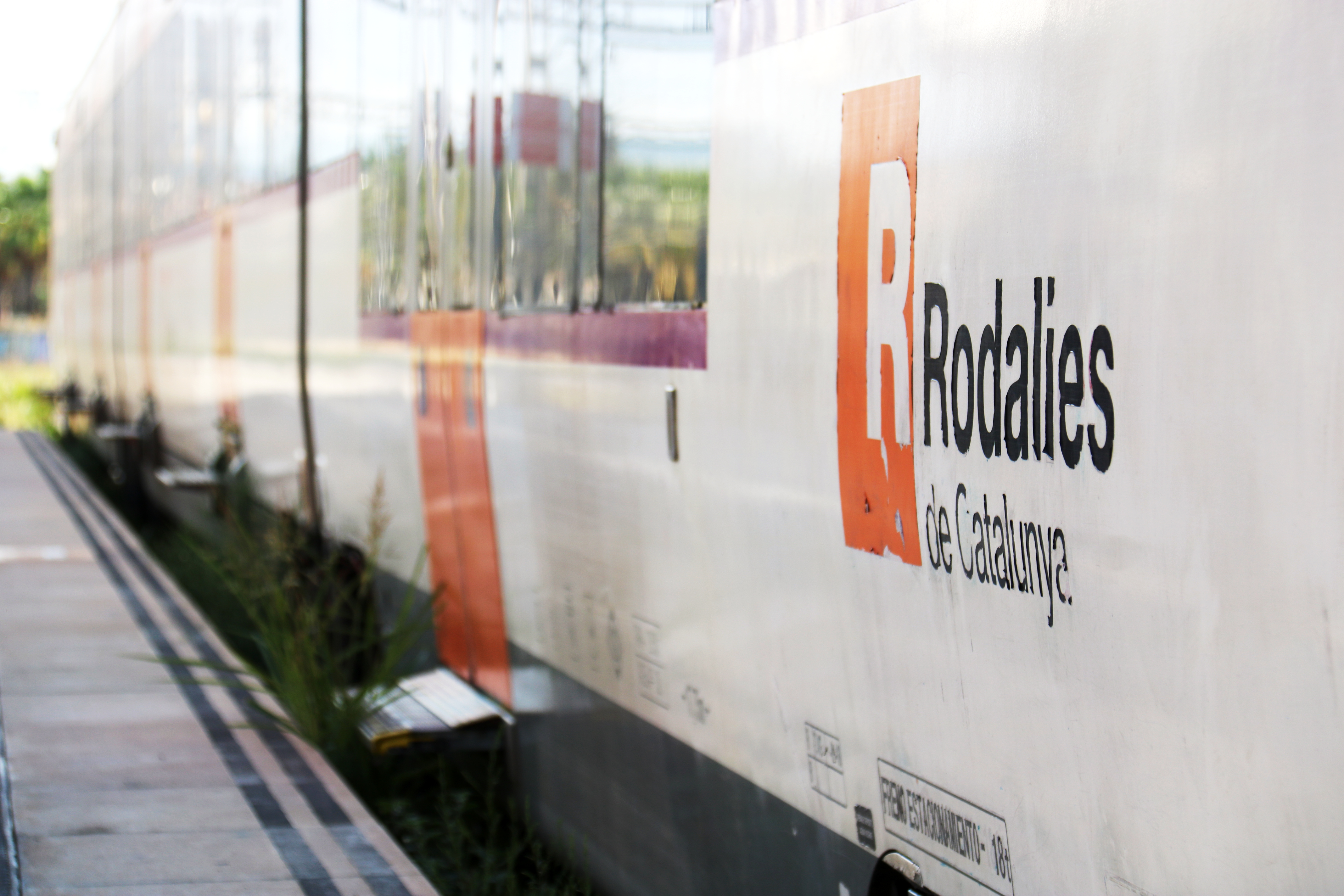
R1, the line linking Barcelona and Costa Brava through the Maresme coastal towns, the oldest and one of the most lines in Spain, still also has sections where there is only one single track. This unique situation means the route is under threat from rising sea levels and erosion.
R2, covering the Vallès area and Baix Llobregat in the immediate surroundings of Barcelona including the airport, only has one service every 30 minutes to the facility, and only reaches Terminal 2, not the larger Terminal 1.
Renfe replacement in future?
Major changes are in store for the future of Renfe. European competition law has ruled that monopolies cannot control rail services in member states, a decision that will directly affect train and operations in Catalonia and Spain. The move has already led to the introduction of Ouigo and Iryo operating some of the high-speed routes in Spain.
By 2033, Catalonia will be able to put the operation of the entire Rodalies network up for a public tender, meaning any company, national or international, will be able to compete for the right to manage the commuter rail services.
In fact, even by 2026, Catalonia will be able to put up to 3% of the rail services up for tender for competition to apply to manage.
In response to this upcoming revolution in the rail industry, Renfe have begun a process of restructuring the company from the inside, affecting organizers as well as staff and resources such as trains themselves, with the aim of improving dialogue between regions, including Catalonia, and the central authorities.
With the reorganization, more autonomy is granted to local managers so they can provide quick solutions to specific problems.